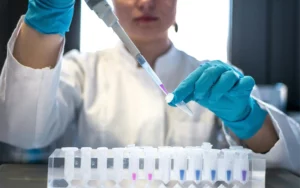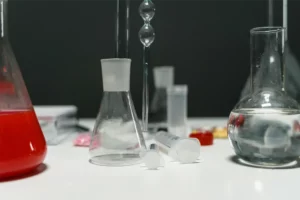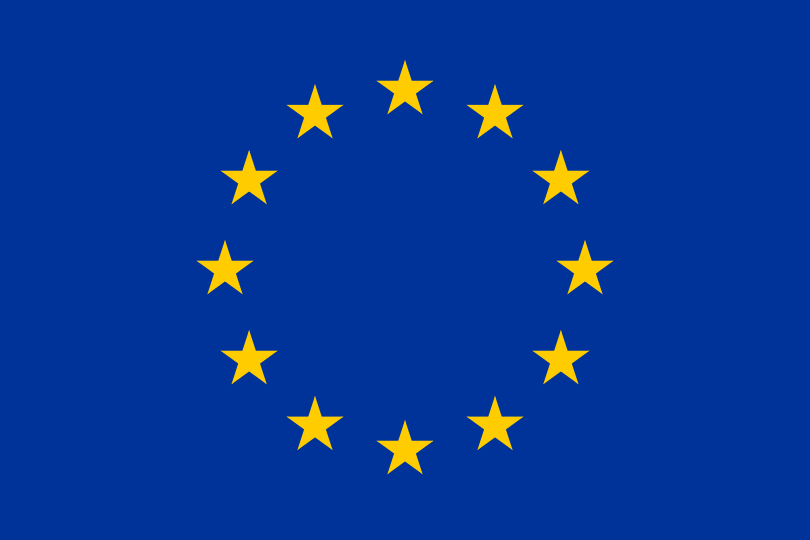Impurities in pharmaceuticals can compromise the safety, efficacy, and stability of a product. To safeguard public health, global regulatory authorities such as the International Council for Harmonisation of Technical Requirements for Pharmaceuticals for Human Use (ICH) have established frameworks to manage impurities in drug substances and finished products. Among these, the ICH Q3 impurity guidelines serve as a cornerstone for ensuring impurity control across the drug development lifecycle. Understanding their scope, impurity thresholds, and the analytical strategies required for effective detection and control is essential for regulatory compliance and product safety.

Overview of ICH Q3 Impurity Guidelines
The ICH Q3 impurity guidelines were developed to standardize impurity control in new drugs globally. They are divided into five main sections:
- ICH Q3A (Impurities in New Drug Substances): Focuses on impurities arising during the manufacturing or storage of active pharmaceutical ingredients (APIs), setting thresholds for reporting, identifying, and qualifying impurities.
- ICH Q3B (Impurities in New Drug Products): Addresses impurities present in finished drug products, including degradation products formed during manufacturing or storage, with defined acceptance criteria.
- ICH Q3C (Impurities: Guideline for Residual Solvents): Classifies residual solvents by toxicity and establishes permissible daily exposure limits to ensure patient safety.
- ICH Q3D (Elemental Impurities): Introduces a risk-based approach for assessing and controlling elemental impurities in drug products, requiring manufacturers to evaluate all potential sources and establish permitted daily exposure (PDE) values using advanced analytical methods.
- ICH Q3E (Guideline for Extractables and Leachables): Addresses the evaluation and control of extractables (compounds that can be released from packaging or manufacturing materials under laboratory conditions) and leachables (compounds that actually migrate into the drug product under normal storage and use).
Together, these guidelines aim to harmonize impurity management across regulatory agencies, facilitating global drug approval and ensuring consistent product quality.
Key Impurity Types and Thresholds in Drug Substances and Products
The ICH Q3 guidelines define a clear framework for categorizing and controlling impurities that may arise during drug development. These impurities are classified based on their origin and chemical nature, with specific thresholds established to determine when they must be reported, identified, or qualified.
Types of impurities
According to ICH Q3A(R2), impurities generally fall into two categories:
- Organic impurities: These include starting materials, by-products, intermediates, degradation products, and reagents.
- Inorganic impurities: Such as salts, heavy metals, and residual catalysts.
Additionally, the ICH Q3C guideline emphasizes the control of residual solvents, volatile organic chemicals used during synthesis that may remain in the final product.
Thresholds for impurity control
The ICH Q3A and Q3B outline the quantitative thresholds that help determine how each impurity should be managed:
- Reporting threshold: The minimum concentration at which an impurity must be reported in regulatory submissions, usually starting at 0.03 %.
- Identification threshold: The concentration above which an impurity must be structurally identified. This varies based on the maximum daily dose of the drug, but generally begins at 0.05 %.
- Qualification threshold: The level at which toxicological data must be provided to demonstrate that the impurity does not pose a risk to patients, usually starting at 0.05 %.
These thresholds are outlined in ICH Q3A for new drug substances and ICH Q3B for new drug products guidelines.
Developers must apply these limits consistently and justify any deviations based on scientific data or risk assessments. Aligning impurity specifications with the relevant guideline sections ensures both regulatory compliance and patient safety throughout the lifecycle of a drug product.
Analytical Strategies for Impurity Detection and Quantification
Robust analytical strategies are essential to identify, quantify, and control impurities in drug development. These strategies are typically defined early in the process and refined throughout the clinical and commercial stages. Techniques commonly employed include:
- Ultra high-performance liquid chromatography (HPLC): A versatile technique widely used for separating organic impurities and related substances, based on their physical and chemical properties.
- Gas chromatography (GC): Effective for separating volatile and semi-volatile compounds, and residual solvents. Often used in combination with mass spectrometry.
- Inductively coupled plasma mass spectrometry (ICP-MS): Key for elemental impurity profiling
- UV-Vis and Fourier-Transform Infrared spectroscopies: Useful for quick screening and structural elucidation
To maintain compliance with ICH Q3 impurity limits, it’s critical to validate these methods according to ICH Q2(R1) guidelines, ensuring accuracy, specificity, and sensitivity.

Regulatory Considerations and Industry Best Practices for Impurity Control
Complying with ICH guidelines impurity limits requires a cross-functional approach involving R&D, quality assurance, and regulatory affairs. Regulatory agencies expect impurity profiles to be fully characterized by the time of filing, with consistent updates as new data emerge.
Best practices include:
- Identify and categorize all potential impurities (organic, inorganic, elemental, and residual solvents).
- Set clear specifications and acceptance criteria for each impurity, following ICH Q3 thresholds for reporting, identification, and qualification.
- Use validated, sensitive analytical methods to detect and quantify impurities.
- Document impurity profiles for all batches and link results to specific analytical procedures.
- Qualify impurities above threshold levels with appropriate safety data or studies.
- Apply a risk-based approach for elemental impurities, using advanced techniques like HPLC and controlling sources as needed.
- Regularly review impurity data and update specifications to ensure ongoing compliance and product safety.
It’s also essential to link impurity profiling with drug stability testing, especially as impurities can evolve over time.

At AMSbiopharma, we provide specialized quality control services to ensure the safety and efficacy of your pharmaceutical products. Our team uses advanced analytical techniques, including UPLC-MS/MS and ICP-MS, for the identification, quantification, and control of drug impurities at every stage of development. We are experts in the analysis of nitrosamines, extractables, and leachables, helping you comply with the latest regulatory requirements and industry standards.
Ready to enhance your drug development process? Contact us today to learn how we can support your product lifecycle.
References
International Council for Harmonisation of Technical Requirements for Pharmaceuticals for Human Use (ICH). Quality Guidelines [Internet]. Geneva: ICH; (s.f.) [cited 2025 June 06]. Available from: https://www.ich.org/page/quality-guidelines.
Manchuri KM, Shaik MA, Gopireddy VSR, Naziya Sultana, Gogineni S. Analytical Methodologies to Detect N-Nitrosamine Impurities in Active Pharmaceutical Ingredients, Drug Products and Other Matrices. Chem Res Toxicol. 2024 Sep 16;37(9):1456-1483. doi: 10.1021/acs.chemrestox.4c00234.
Argentine MD, Owens PK, Olsen BA. Strategies for the investigation and control of process-related impurities in drug substances. Adv Drug Deliv Rev. 2007 Jan 10;59(1):12-28. doi: 10.1016/j.addr.2006.10.005.


